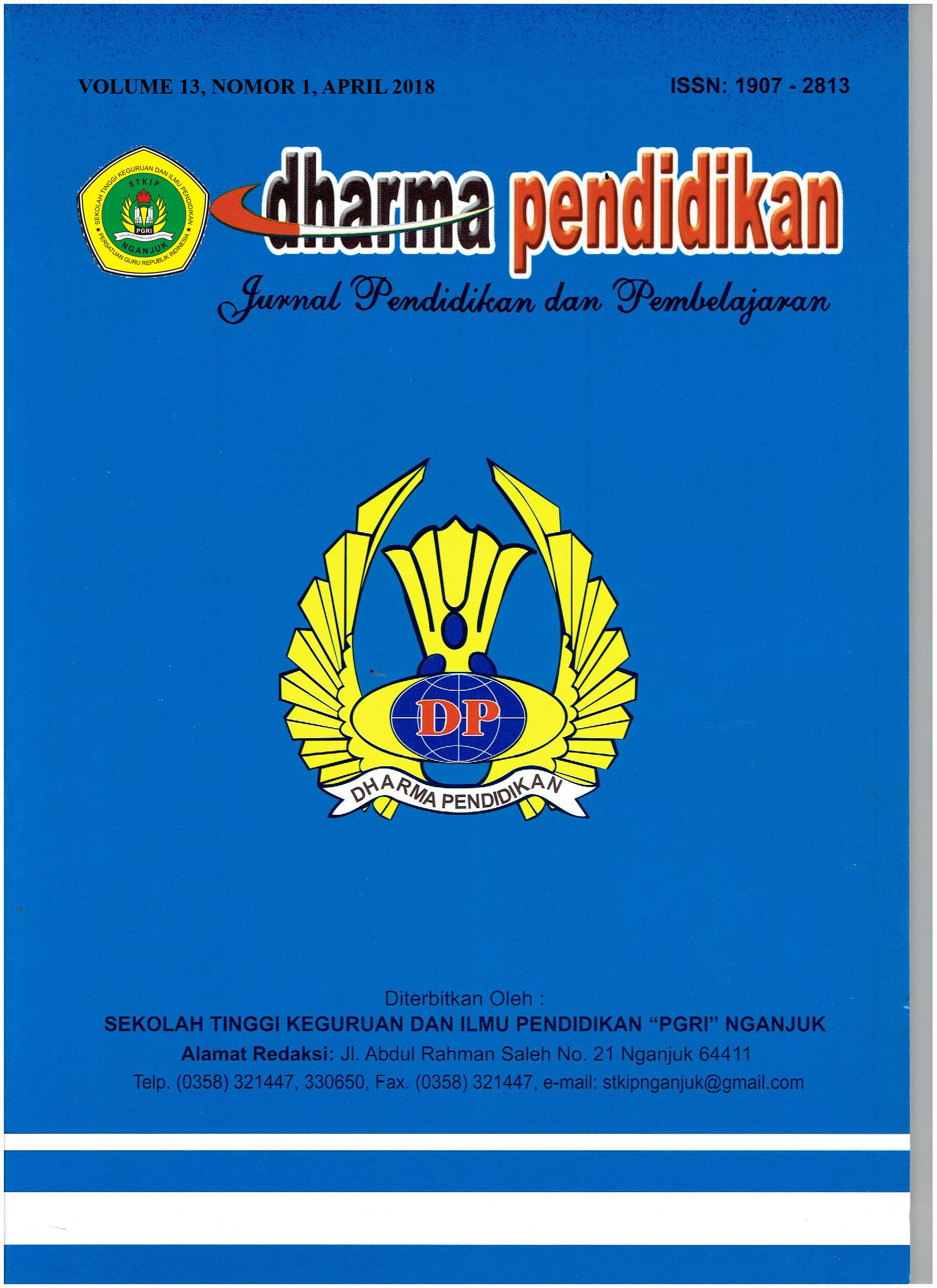The Effectiveness Of Scaffolded Writing Strategy On Students’ Writing Skill Viewed From Students’ Critical Thinking
DOI:
https://doi.org/10.69866/dp.v13i1.47Keywords:
critical thinking, Scaffolded Writing Strategy, writing skillAbstract
This research is aimed at finding out: (1) whether in general Scaffolded Writing Strategy is more effective than conventional writing for teaching writing; (2) which ones students who have highcritical thinking have better writing skill than those having low critical thinking; and (3) whether or not there is an interaction between teaching techniques and students’ critical thinking. The experimental class was taught by using Scaffolded Writing Strategy whereas the control classwas taught by conventional Writing Strategy. Each class was divided into two groups in whicheach consists of students having high critical thinking and those having low criticalthinking. To gain the data, two instruments were used namely writing test and criticalthinking test. The data were analyzed by using Multifactor Analysis of Variance ANOVA 2x2and Tukey test. Before conducting the ANOVA test, pre-requisite test namely normality andhomogeneity test were conducted. The findings of this research are: (1) Scaffolded Writing Strategy is moreeffective than coventional Writing Strategy to teach writing; (2) The students having highcritical thinking have better writing skill than those having low critical thinking; and (3)There is an interaction between teaching strategies and students’ critical thinking inteaching writing. Therefore, it is recommended for English teachers to implement Scaffolded Writing Strategy inteaching writing because this strategy helps the students to improve writing skill andencourages them to be active learners.
Downloads
References
Axford, Beverley. (2009). Scaffolding literacy. Australia: Acer Press.
Brown, H.D. (2001). Teaching by principles: An interactive approach to languagepedagogy 2nd edition.Longman.
Chance, P. (1986). Thinking in the classroom: A survey of programs. New York: TeachersCollege, Columbia University.
Daraz, Craig. (2001). Ucl Centre for the Advancement of Learning and Teaching.Retrieved from http://www.ucl.ac.uk/calt/pal/
Ennis, R.H. (1996).Critical thinking. Upper Saddle River, NJ: Prentice-Hall.
Facione, P.A. (1998). Critical thinking: What it is and why it counts. California: CaliforniaAcademic Press.
Ferris, D.R., &Hedgcock, J.S. (2005). Teaching ESL composition: purpose, process andpractice (2nd ed.). Mahwah, NJ: Lawrence Erlbaum Associates.
Fisher, Alec. (2001). Critical thinking: An introduction. Cambridge: Cambridge UniversityPress.
Heaton, B.J. (1975). Writing english language test new edition. Longman: London and New York.
Paul, R., & Elder, L. (2008). The miniature guide to critical thinking: Concepts and tools.Dillon Beach, Calif: Foundation for Critical Thinking.
Schwieter, John W., and Laurier, W. (2010). Developing second language writing throughscaffolding in the ZPD: A Magazine Project For an Authentic Audience. Journalof College Teaching & Learning World Journal of Education Vol. 7, No. 10;October 2017. Retrieved from http://journals.cluteonline.com/index.php/TLC/
Scriven, M., and Paul, R. (2009).Defining critical thinking. Foundation for CriticalThinking: Critical Thinking Community Press.
Weigle, S.C. (2000).Assessing Writing. Cambridge: Cambridge University Press.
Willingham, D.T. (2008). Critical thinking: Why is it so hard to teach?. Arts EducationPolicy Review, 109, 21-29.
Downloads
Published
How to Cite
Issue
Section
License
Copyright (c) 2021 Anita Budi Rahayu

This work is licensed under a Creative Commons Attribution-ShareAlike 4.0 International License.
1. Hak cipta atas artikel apa pun dipegang oleh penulisnya.
2. Penulis memberikan jurnal, hak publikasi pertama dengan karya yang dilisensikan secara bersamaan di bawah Lisensi Atribusi Creative Commons yang memungkinkan orang lain untuk membagikan karya dengan pengakuan atas kepenulisan dan publikasi awal karya tersebut dalam jurnal ini.
3. Penulis dapat membuat pengaturan kontrak tambahan yang terpisah untuk distribusi non-eksklusif dari versi jurnal yang diterbitkan dari karya tersebut (misalnya, mempostingnya ke repositori institusional atau menerbitkannya dalam sebuah buku), dengan pengakuan dari publikasi awalnya di jurnal ini.
4. Penulis diizinkan dan didorong untuk memposting karya mereka secara online (misalnya, di repositori institusional atau di situs web mereka) sebelum dan selama proses pengiriman, karena hal itu dapat mengarah pada pertukaran yang produktif, serta kutipan yang lebih awal dan lebih besar dari karya yang diterbitkan.
5. Artikel dan materi terkait yang diterbitkan didistribusikan di bawah Lisensi Internasional Creative Commons Attribution-ShareAlike 4.0









.png)




